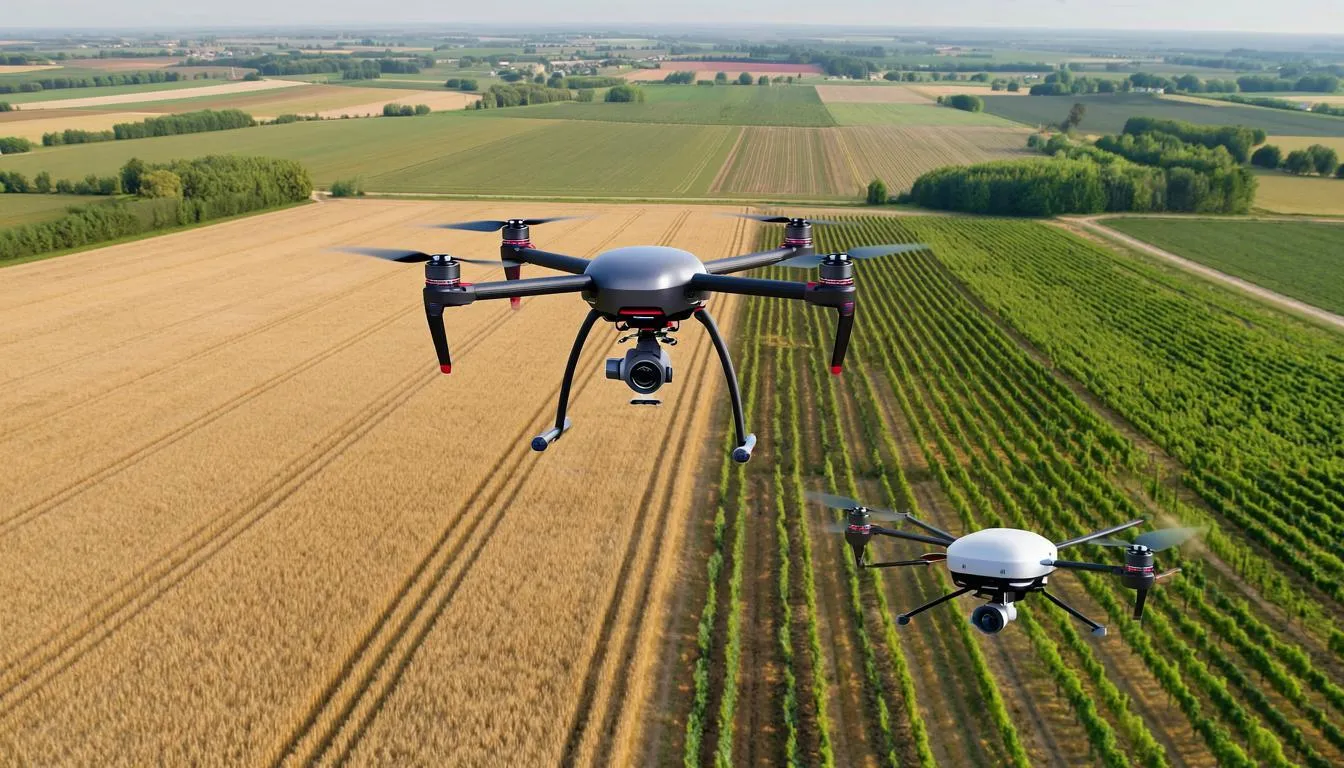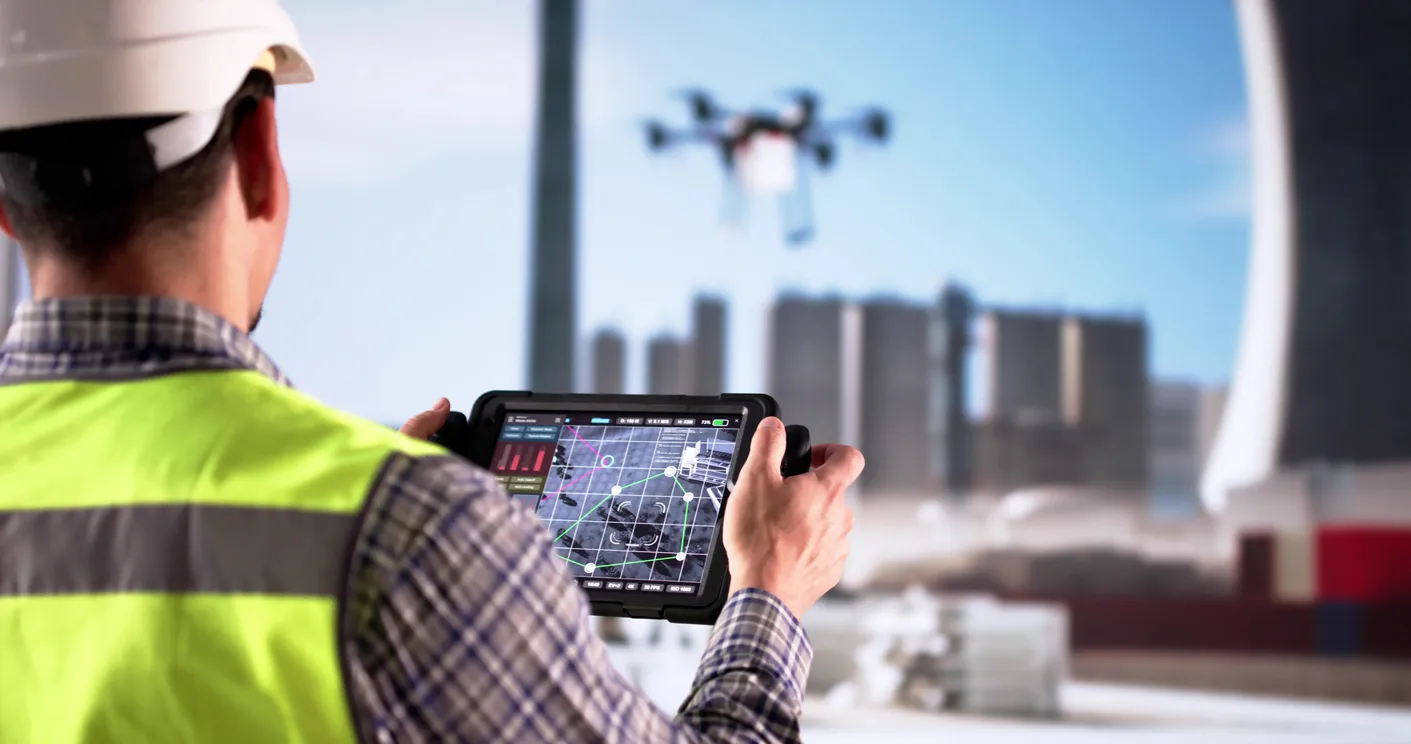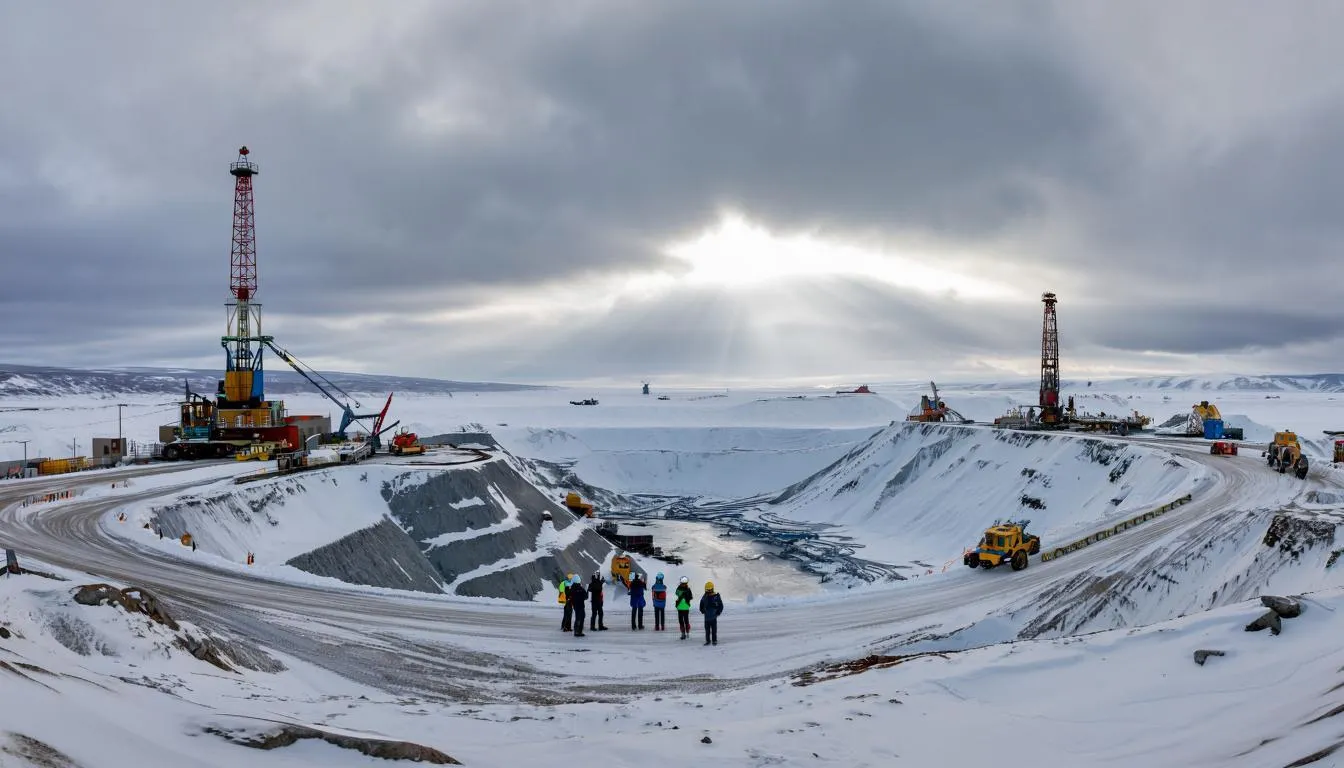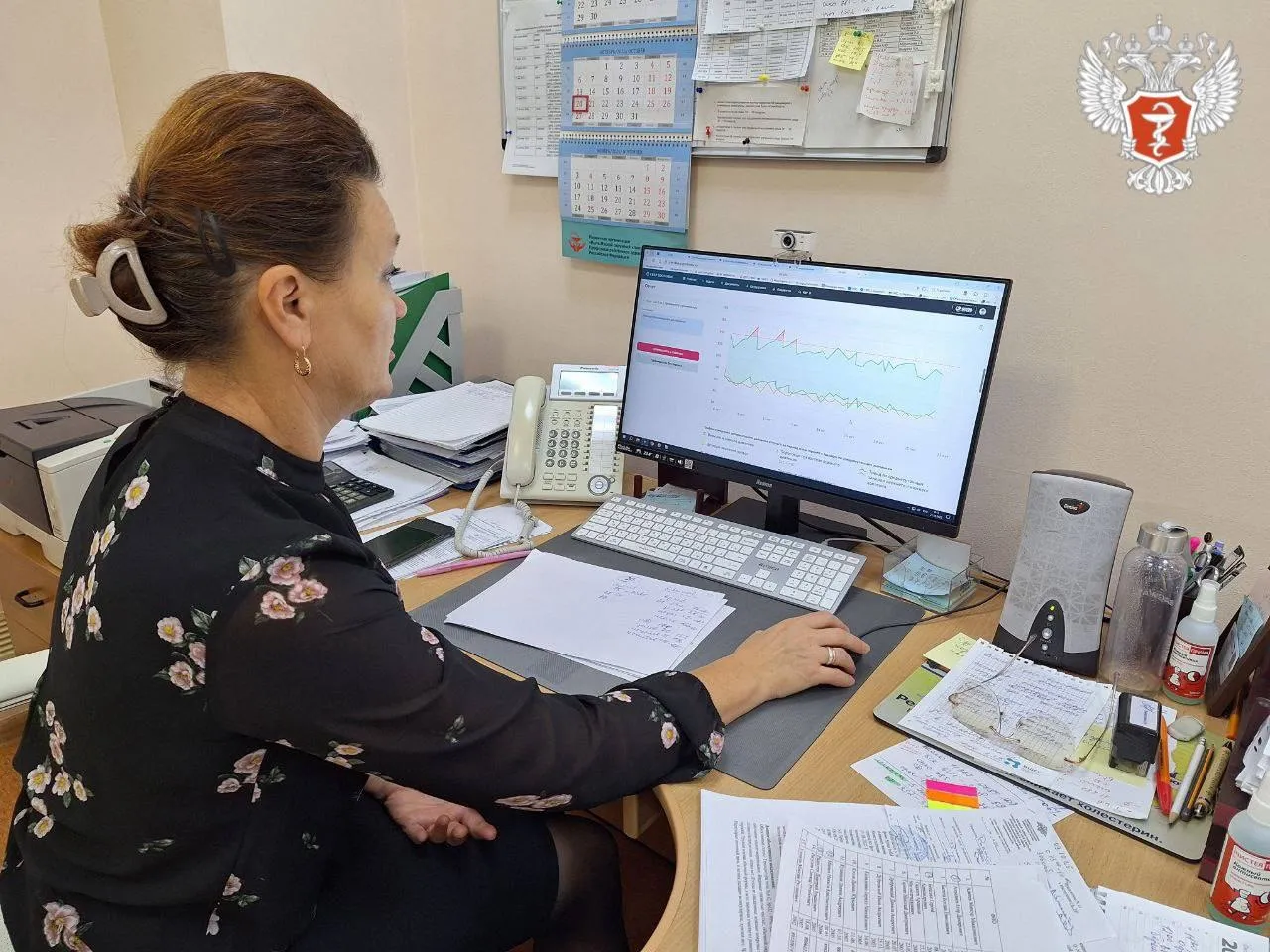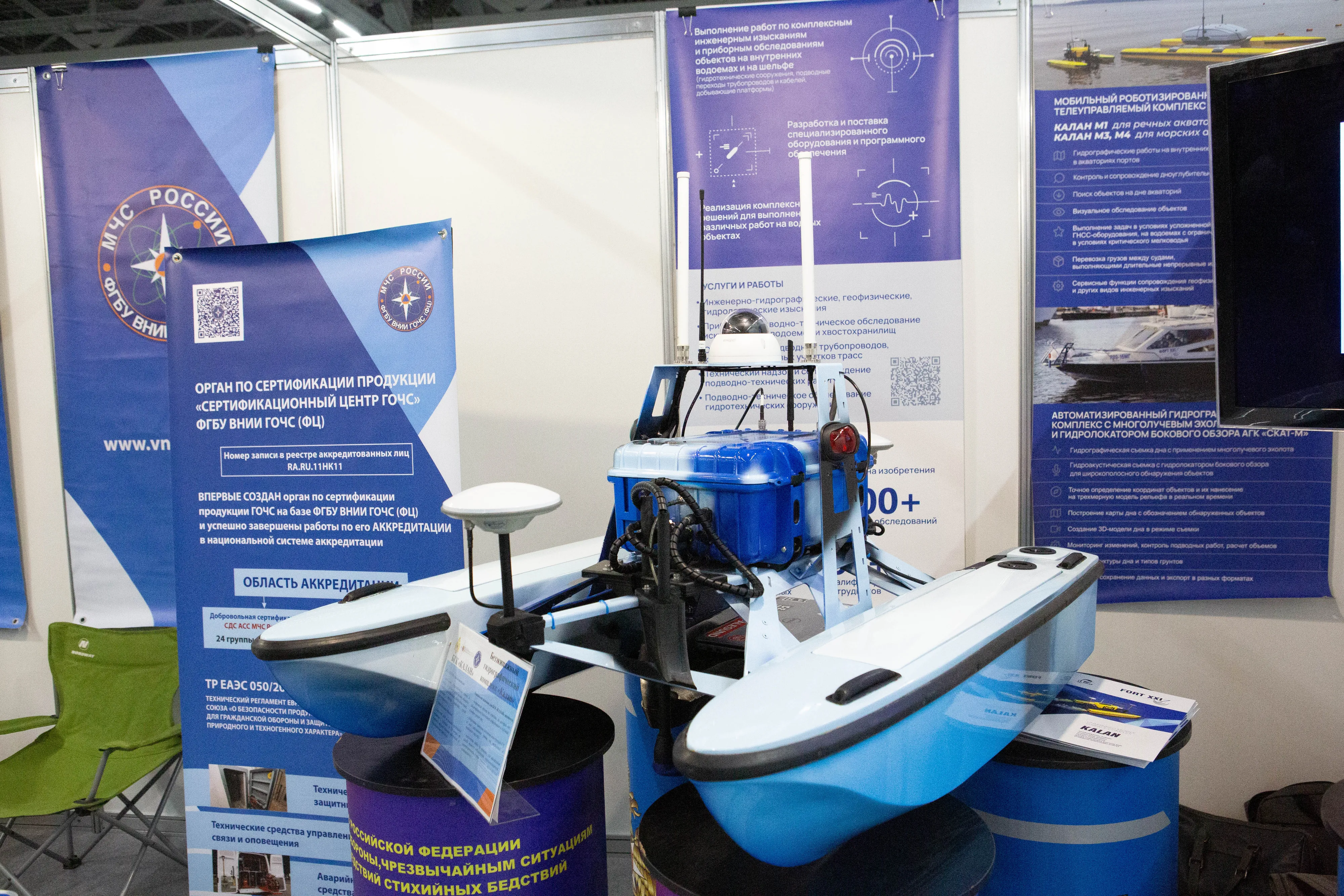In Russia, Artificial Intelligence Is Helping Scientists Track Endangered Bison
A neural network analyzes images from drones and camera traps to monitor one of the country’s rarest animal populations.

In the mountains of southern Siberia, Russian scientists are using artificial intelligence to study and protect the bison population in the Republic of Altai. Researchers at the Siberian Center for Artificial Intelligence and Digital Technologies of Tomsk State University have launched a project that uses computer vision to process visual data captured by drones and camera traps installed in the bison enclosure in the village of Cherga.
The system automatically identifies animals in each frame, recognizes species, and in some cases even distinguishes individual bison.
Counting Wildlife Without Disturbing It
The same technology is being tested in remote conservation areas, such as the Saylyugem National Park, to count animals living in difficult-to-reach regions.
Across Russia’s Arctic and Siberian reserves, scientists are increasingly turning to digital monitoring tools to minimize human interference. In the far north, researchers use infrared “digital traps” to study lemmings, while in the Yamal-Nenets region, electronic ear tags help track and genetically identify musk oxen.
Together, these innovations mark a growing trend: Russia’s scientists are fusing AI and field biology to protect endangered species — observing wildlife in its natural environment, without ever stepping too close.




